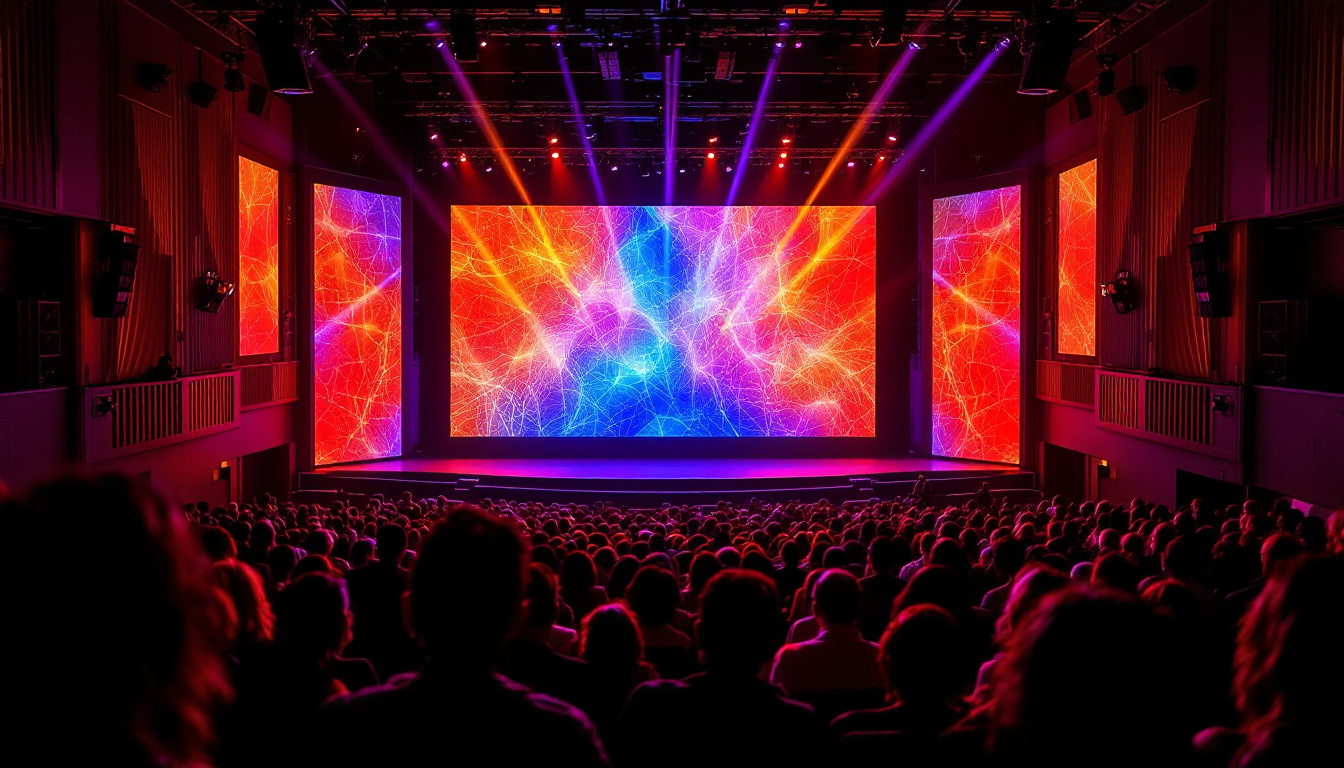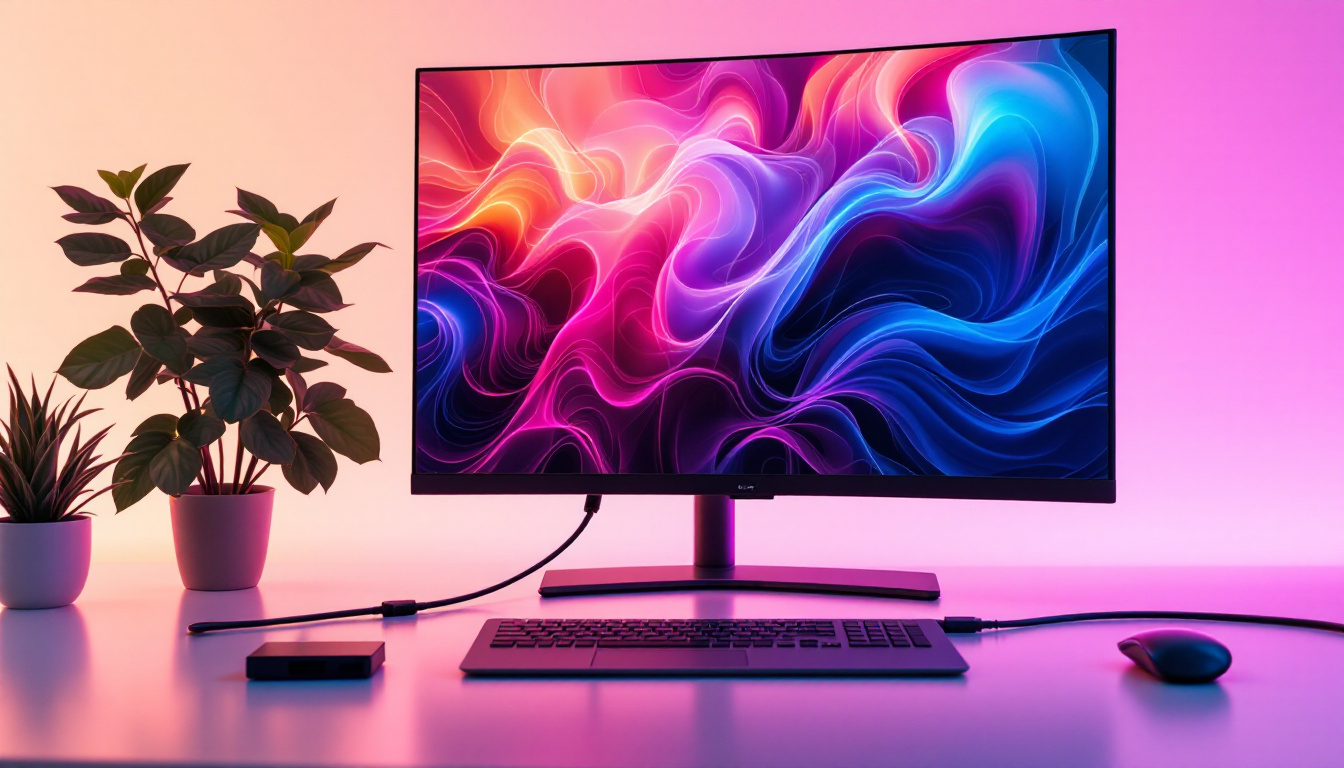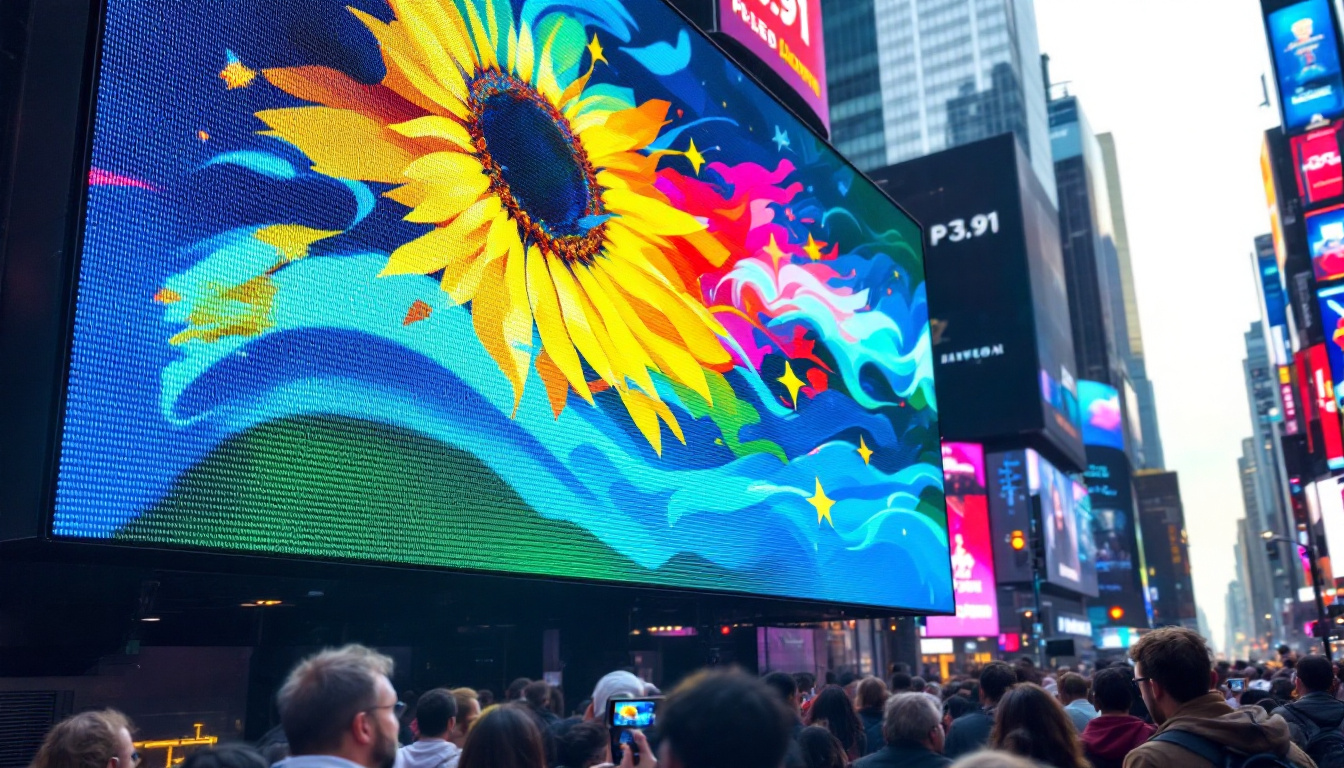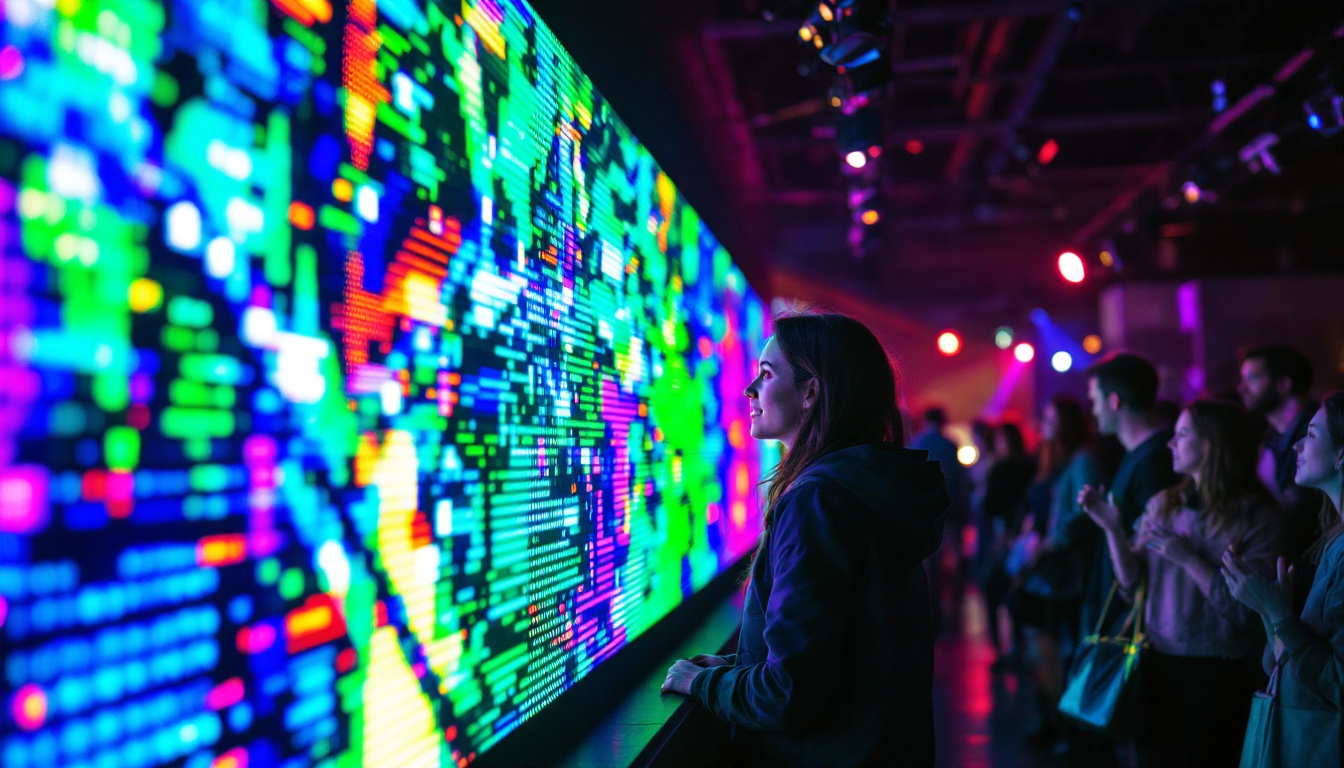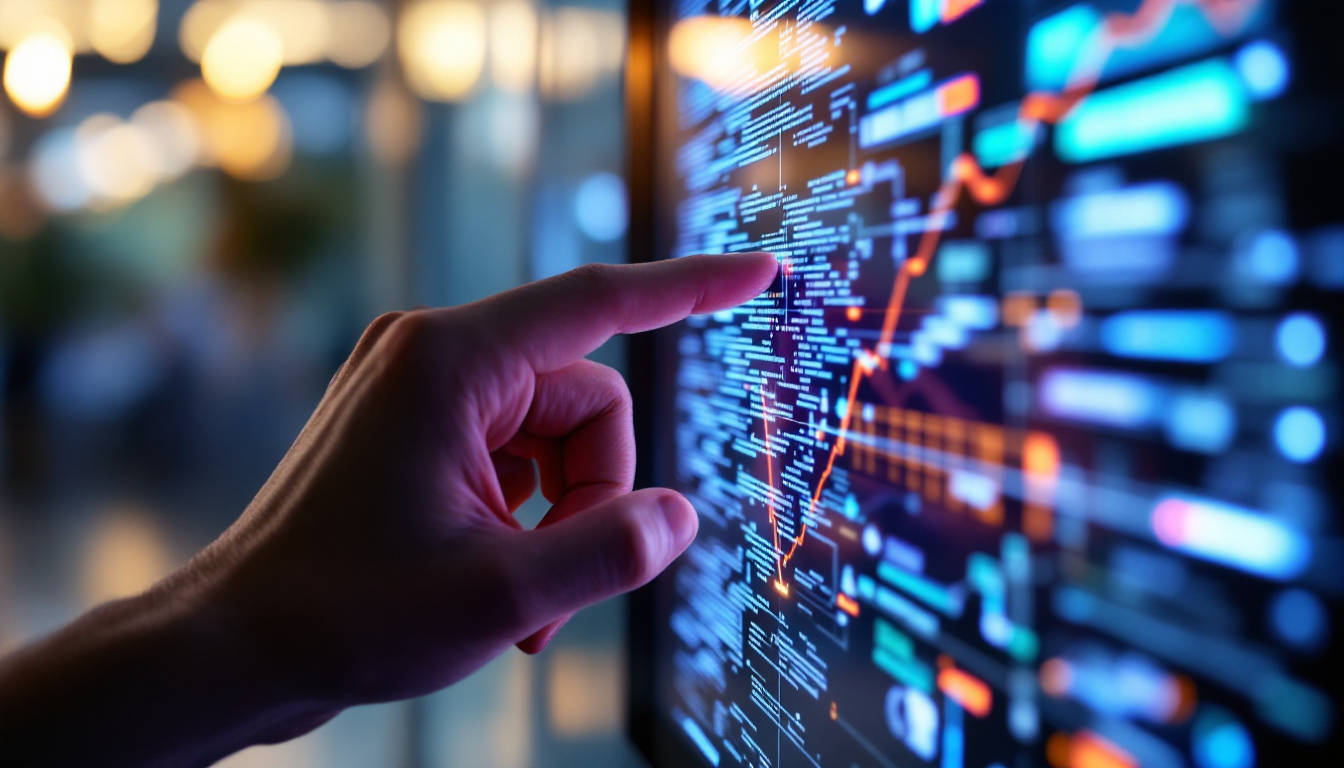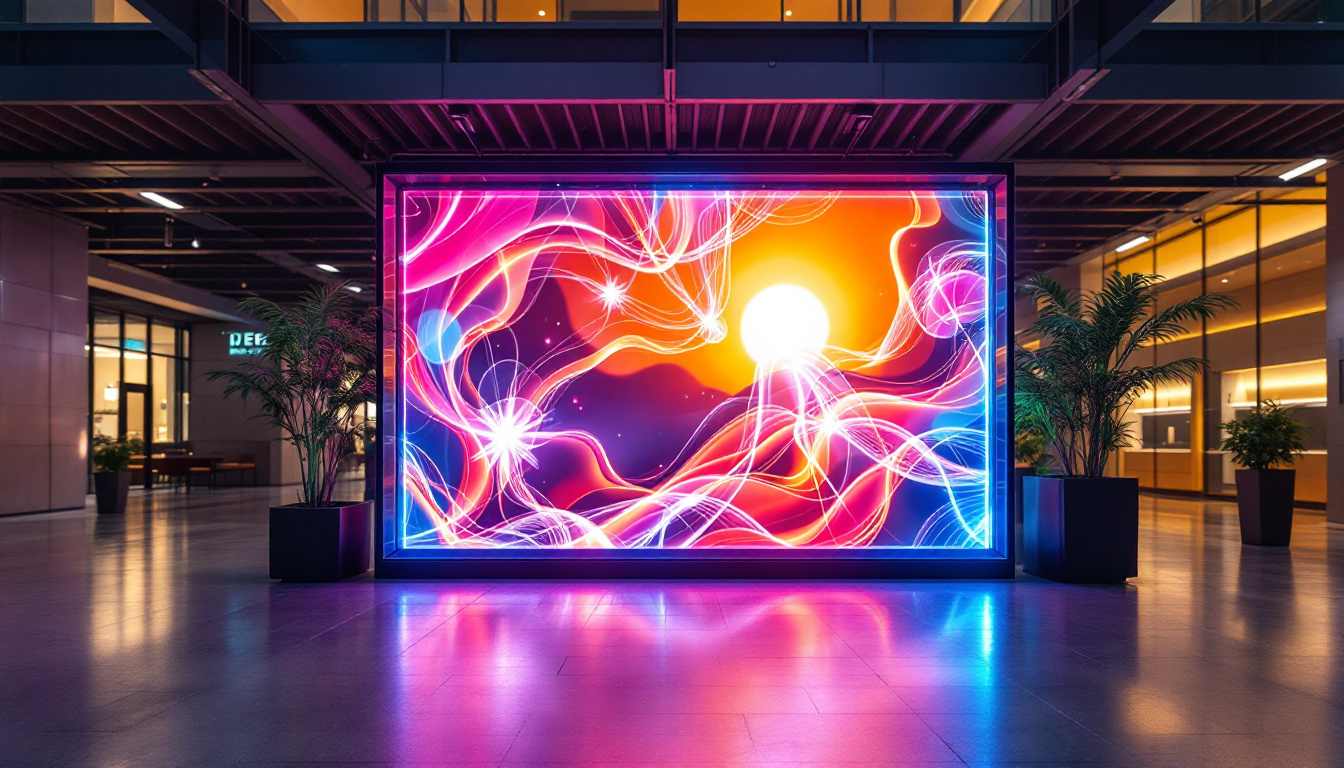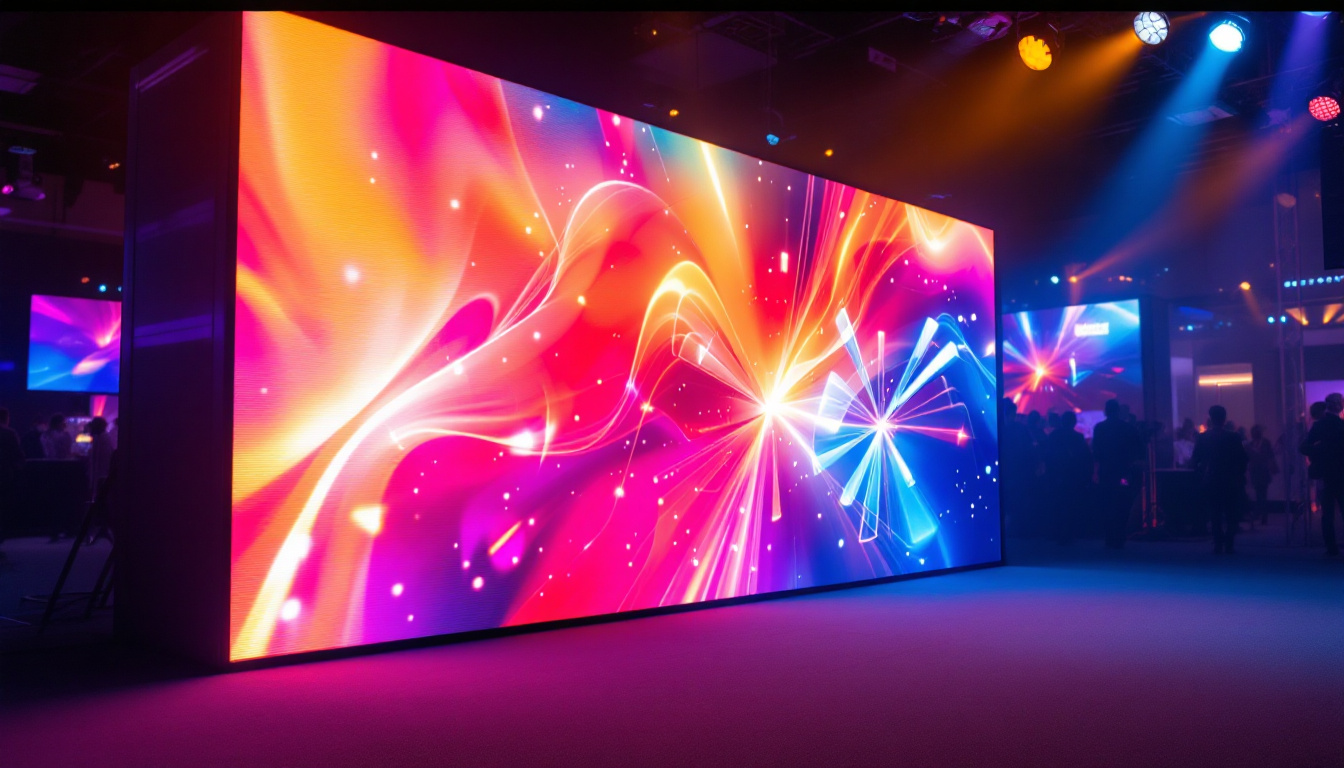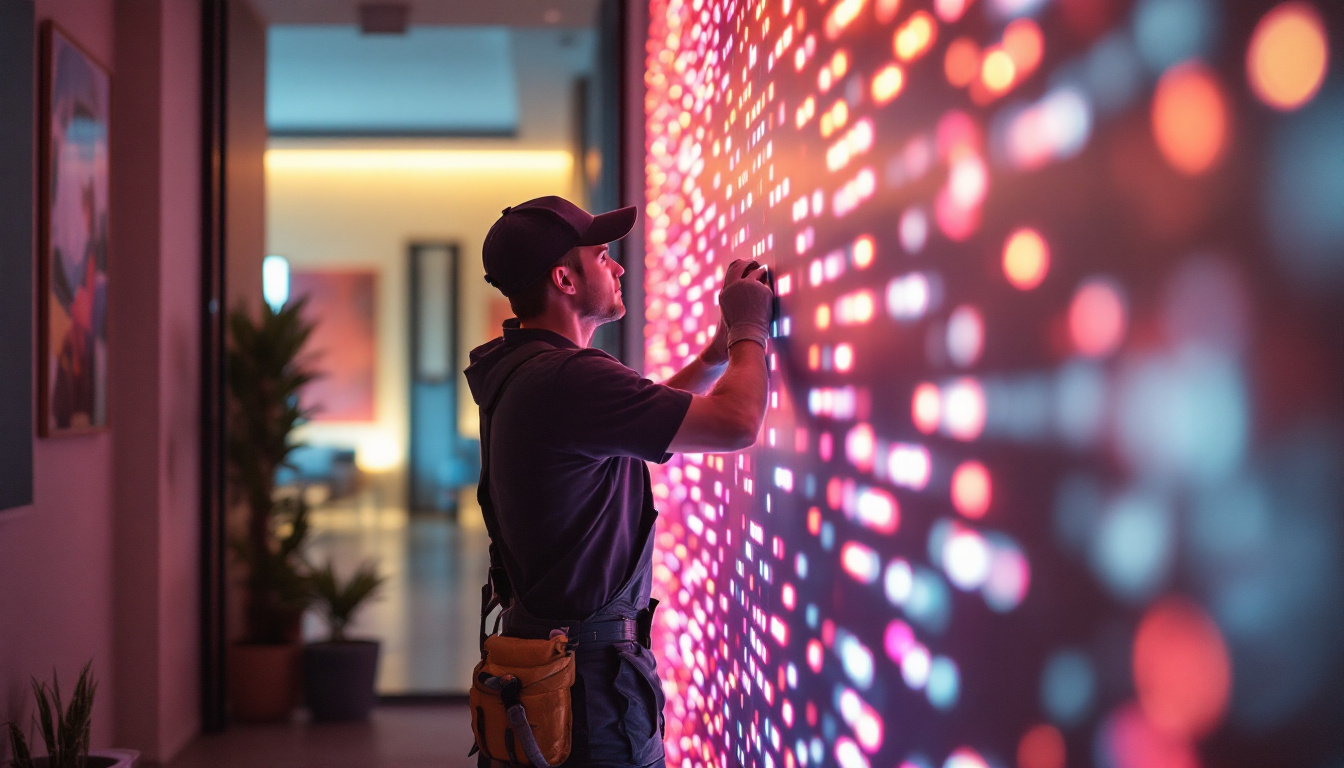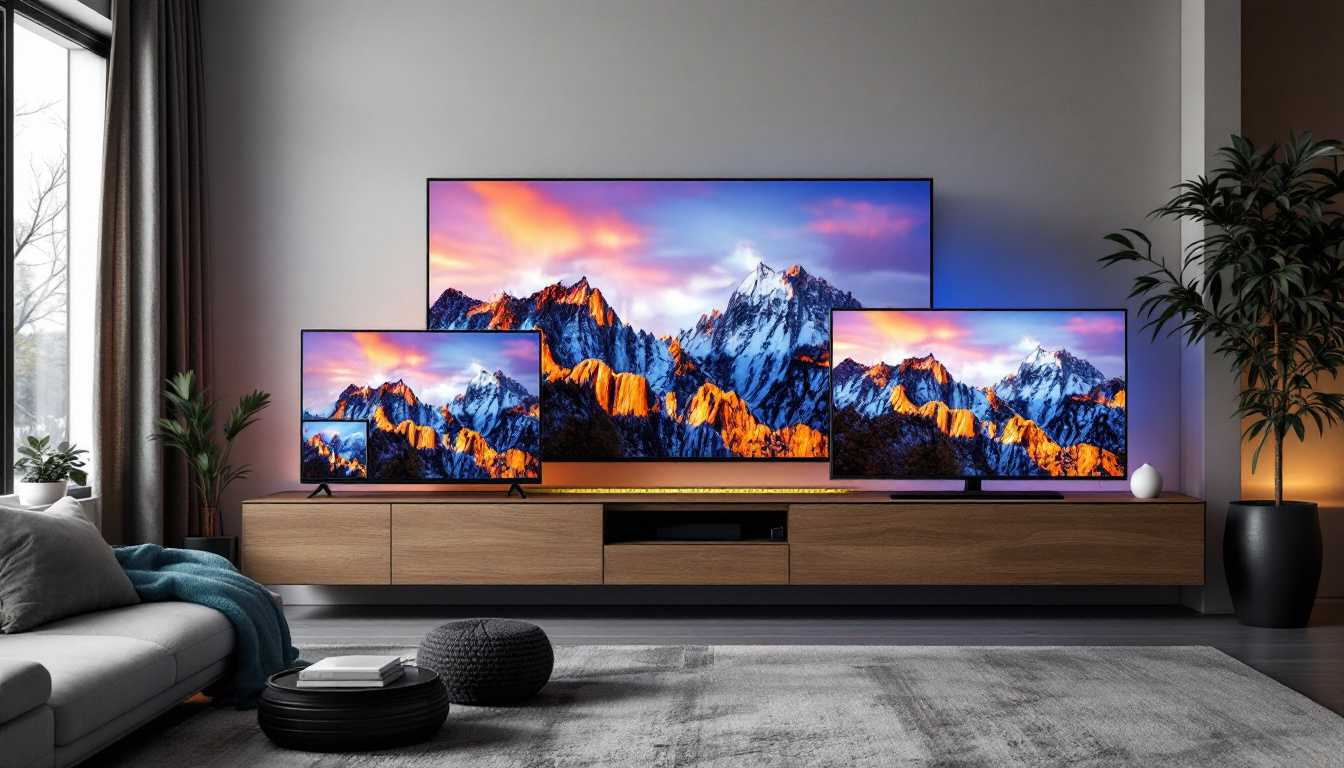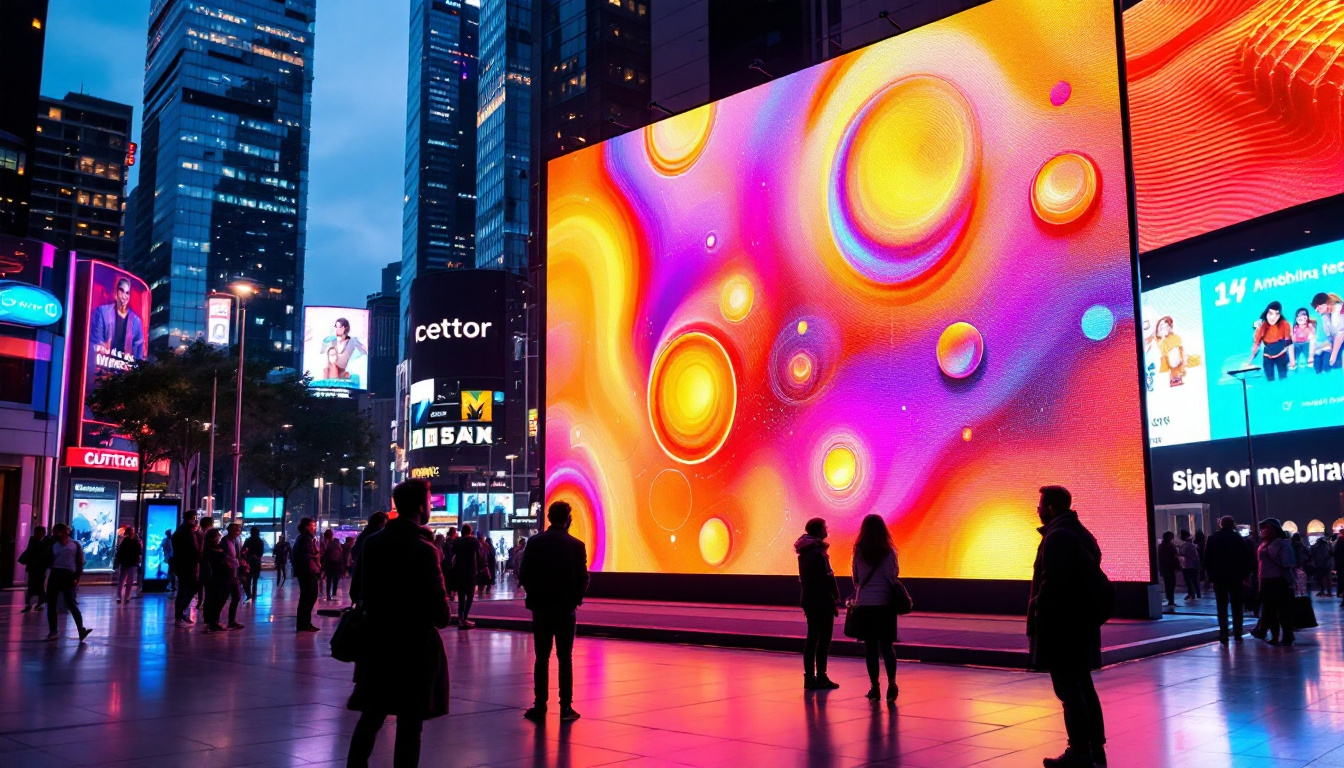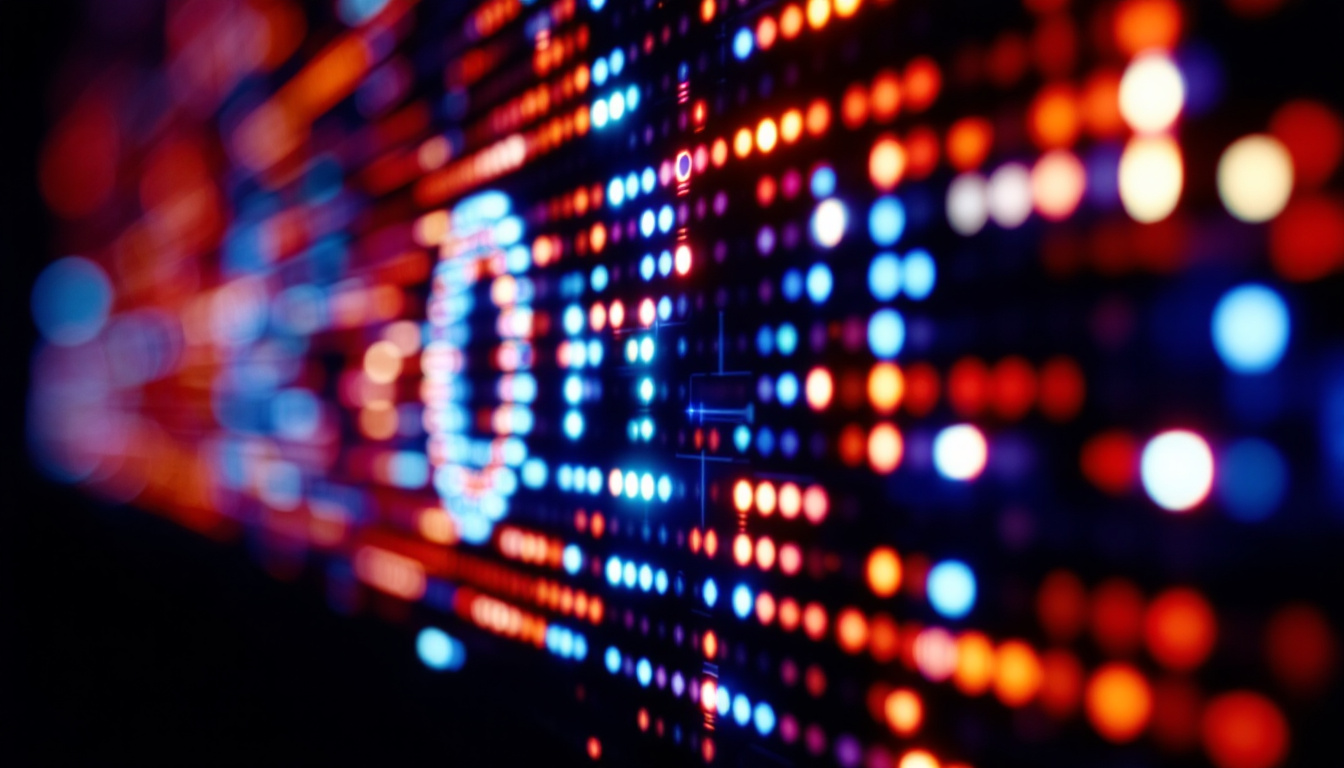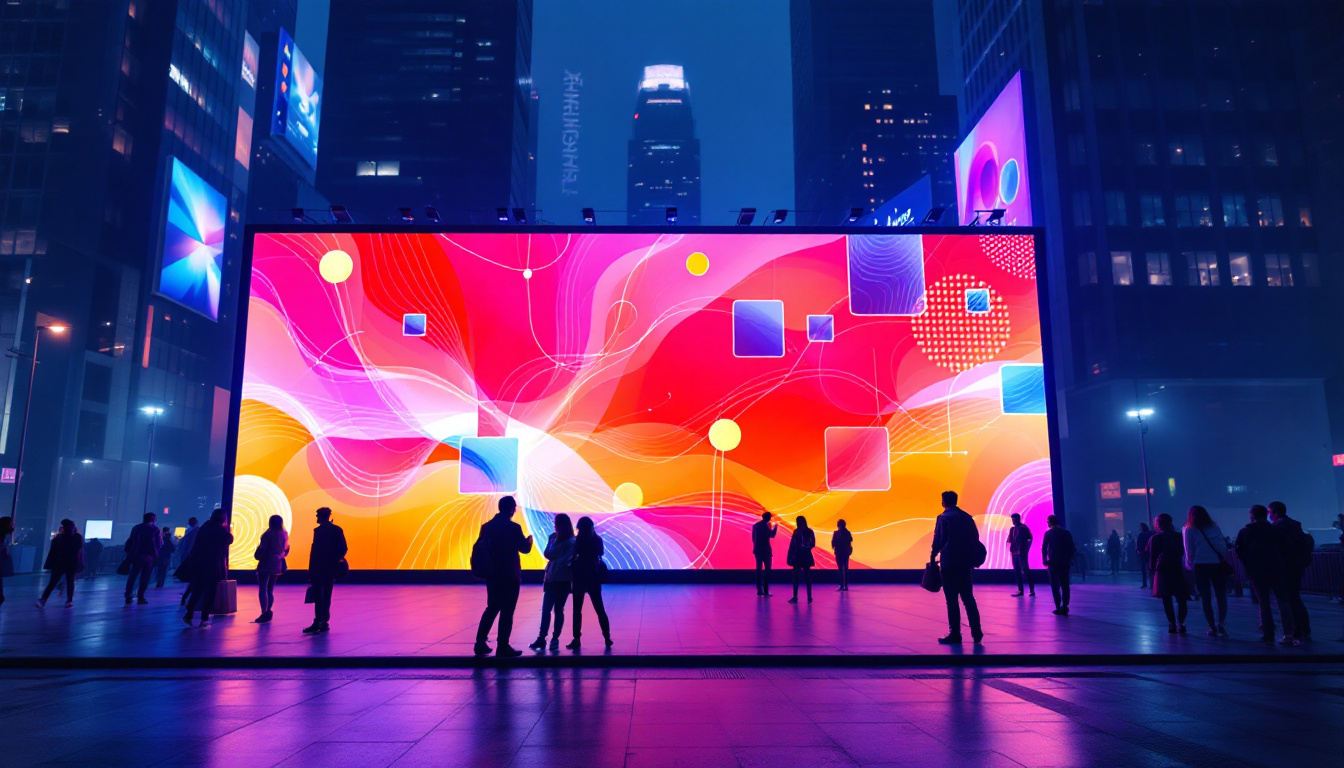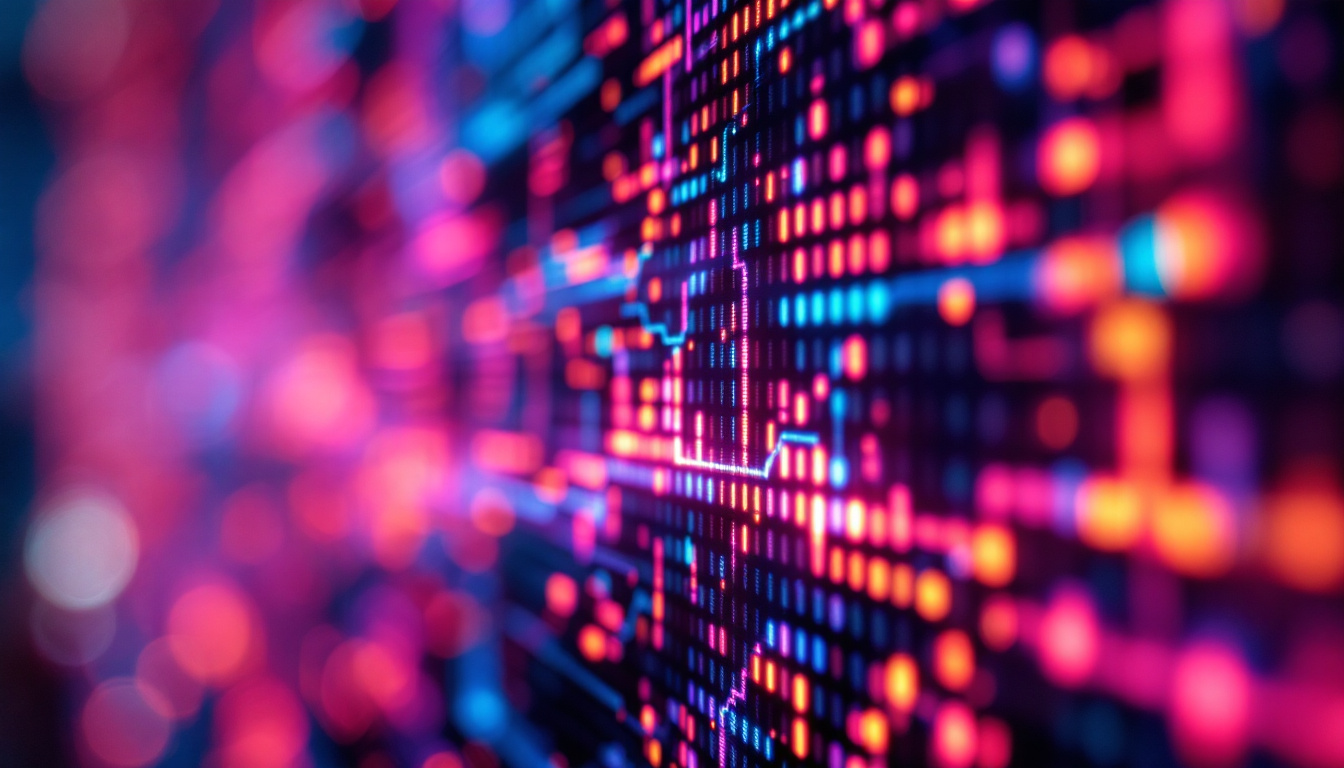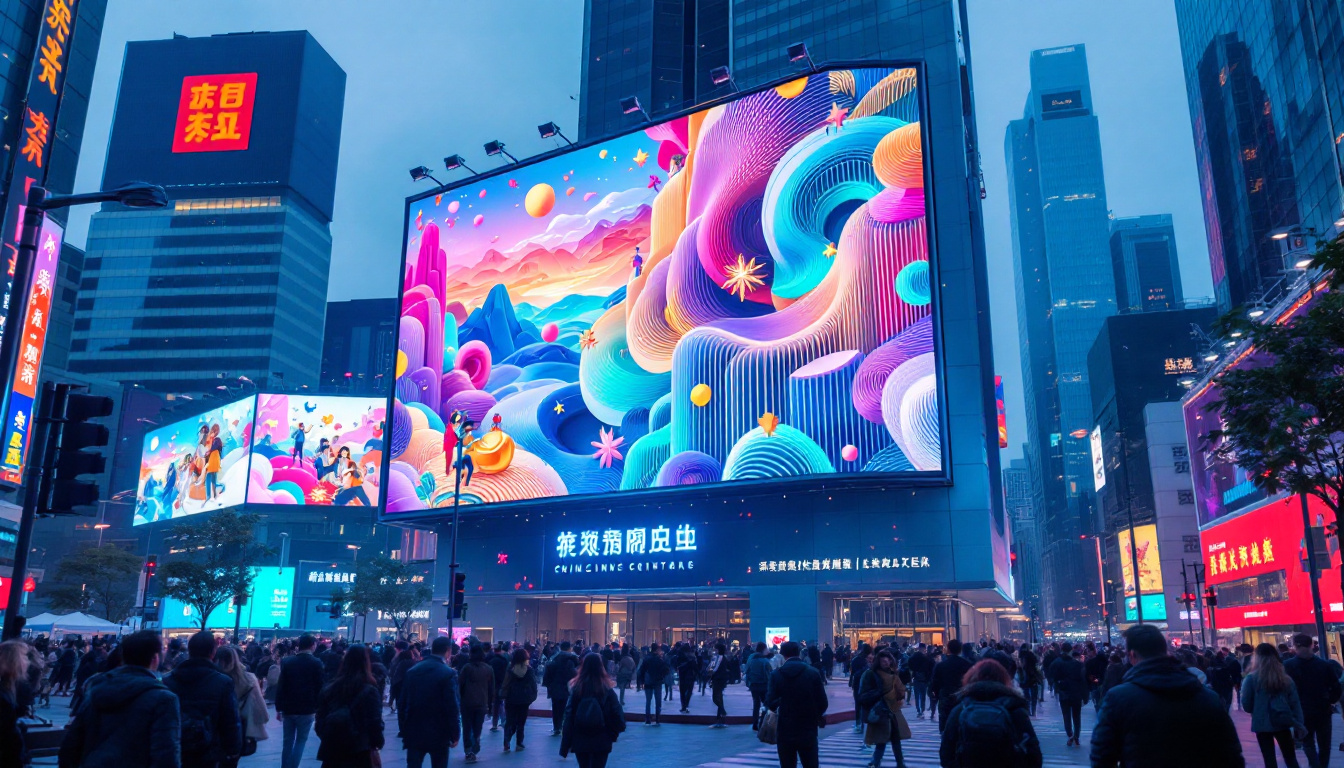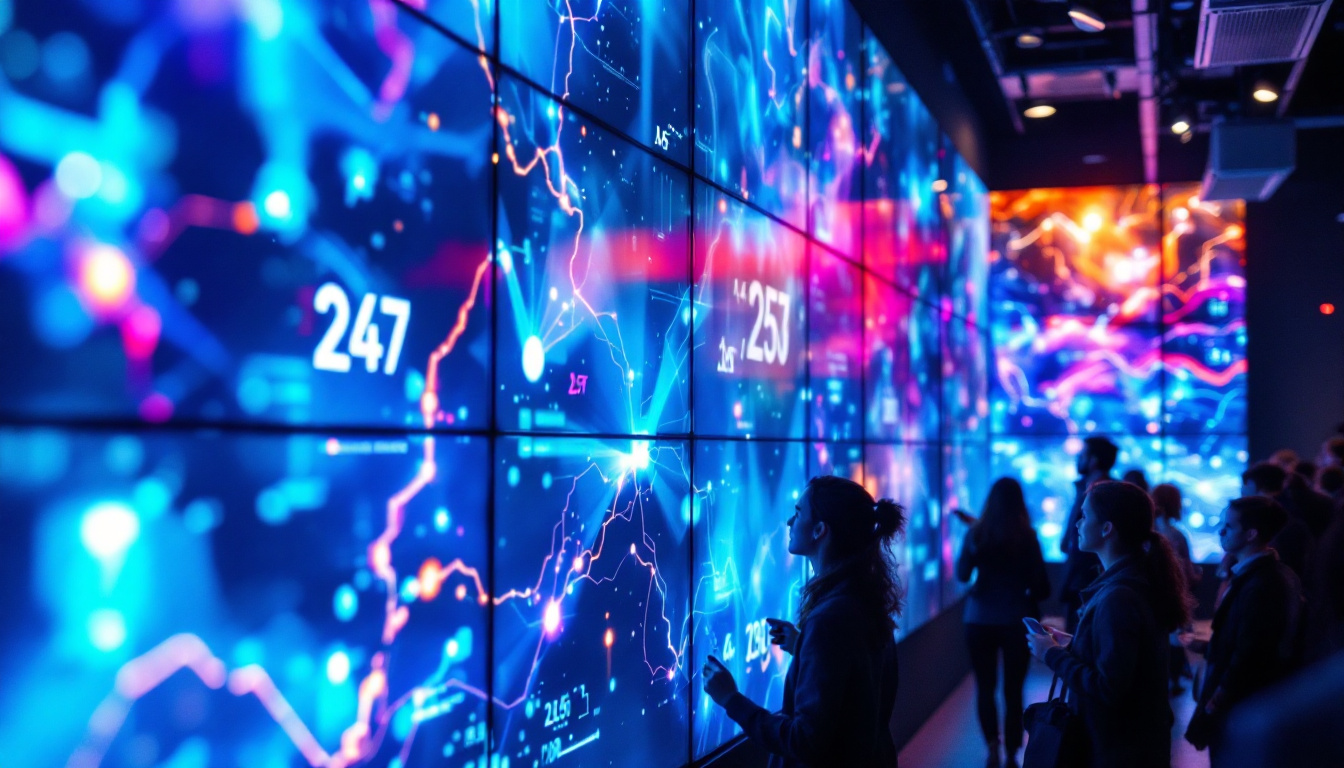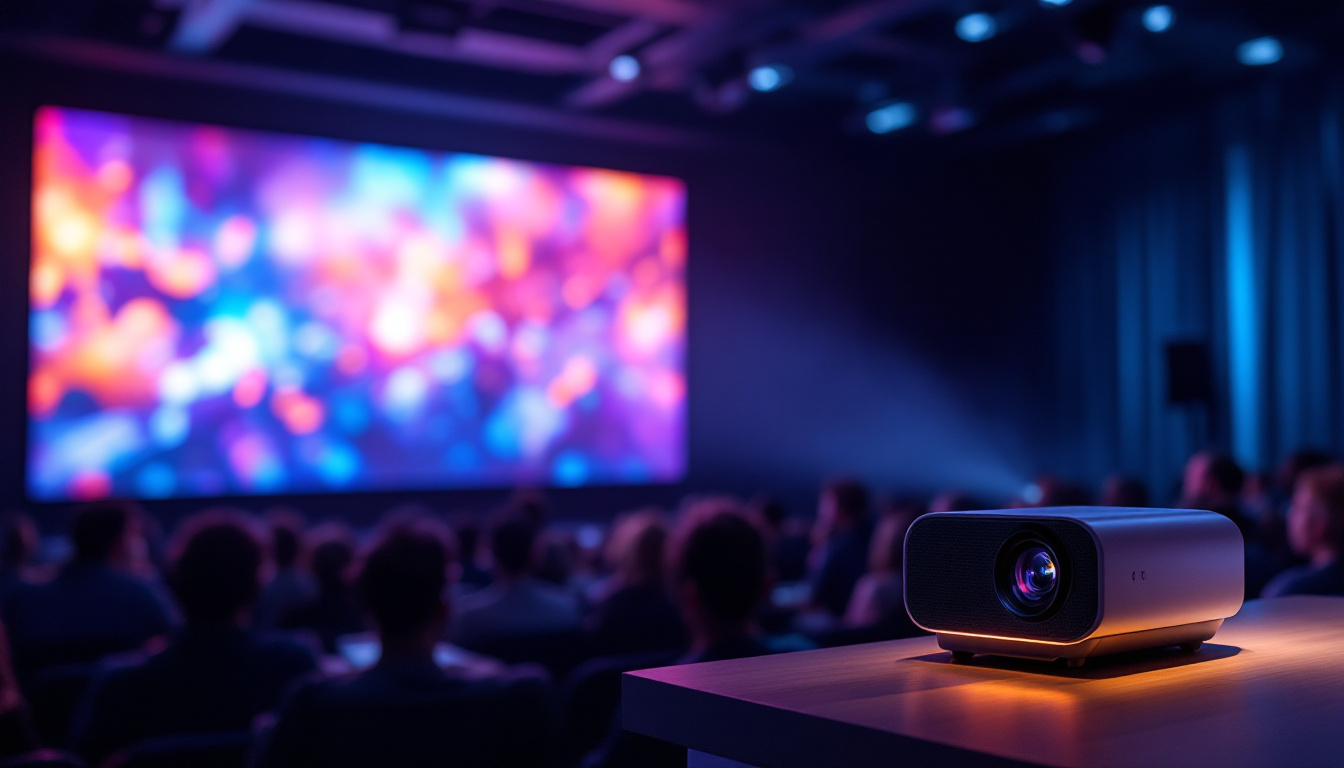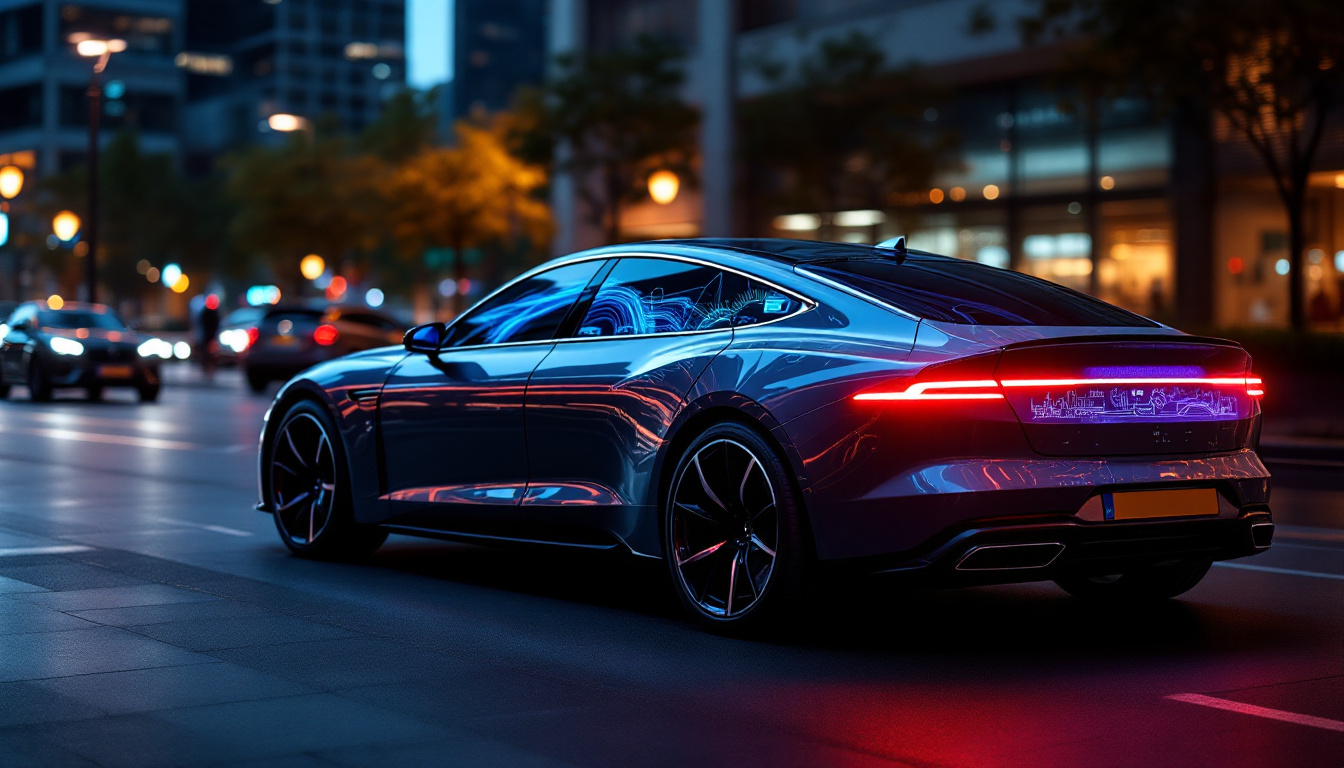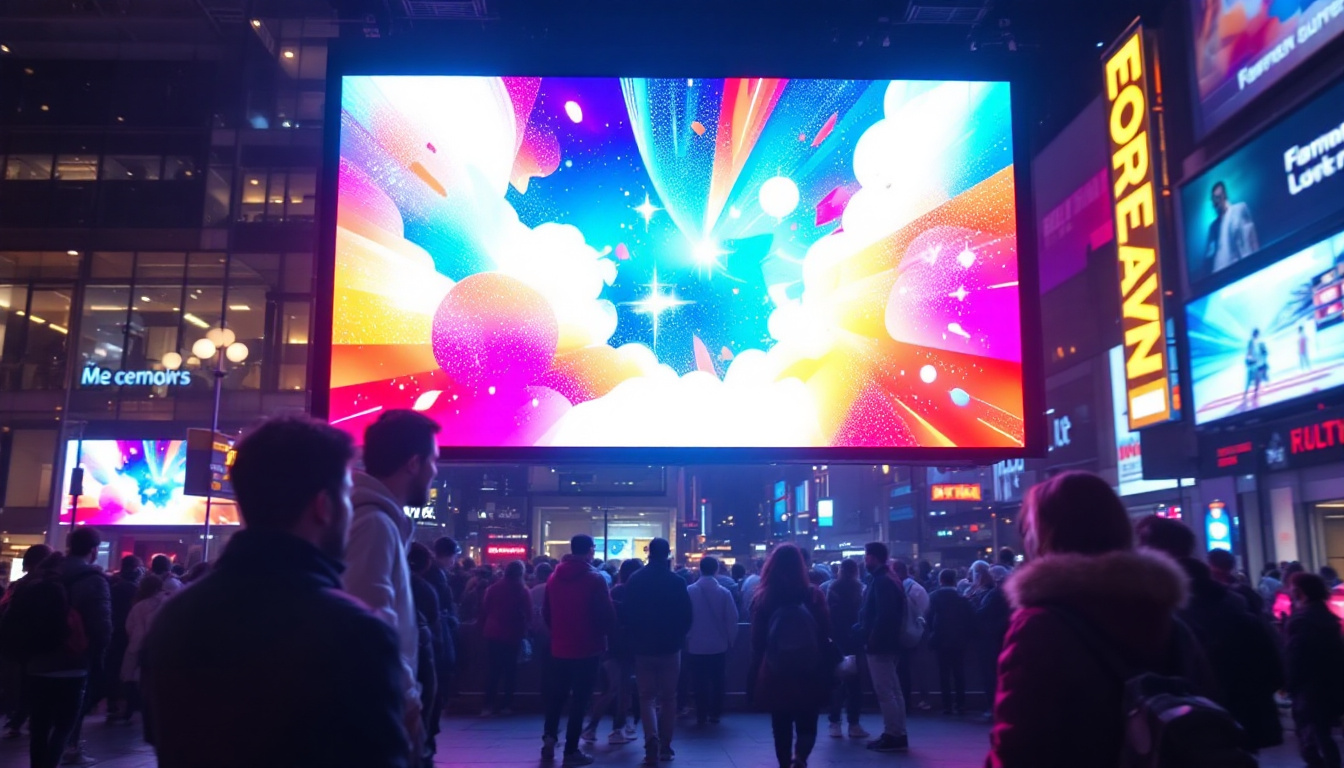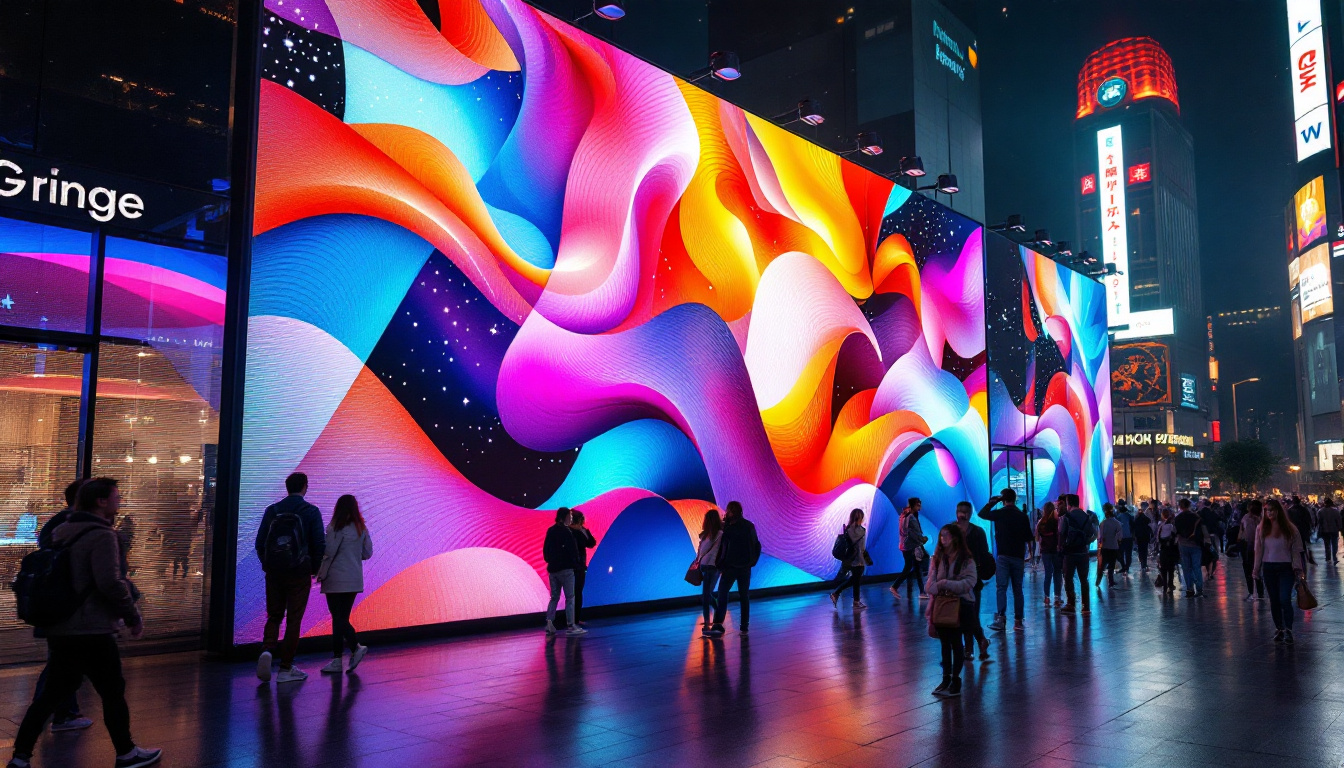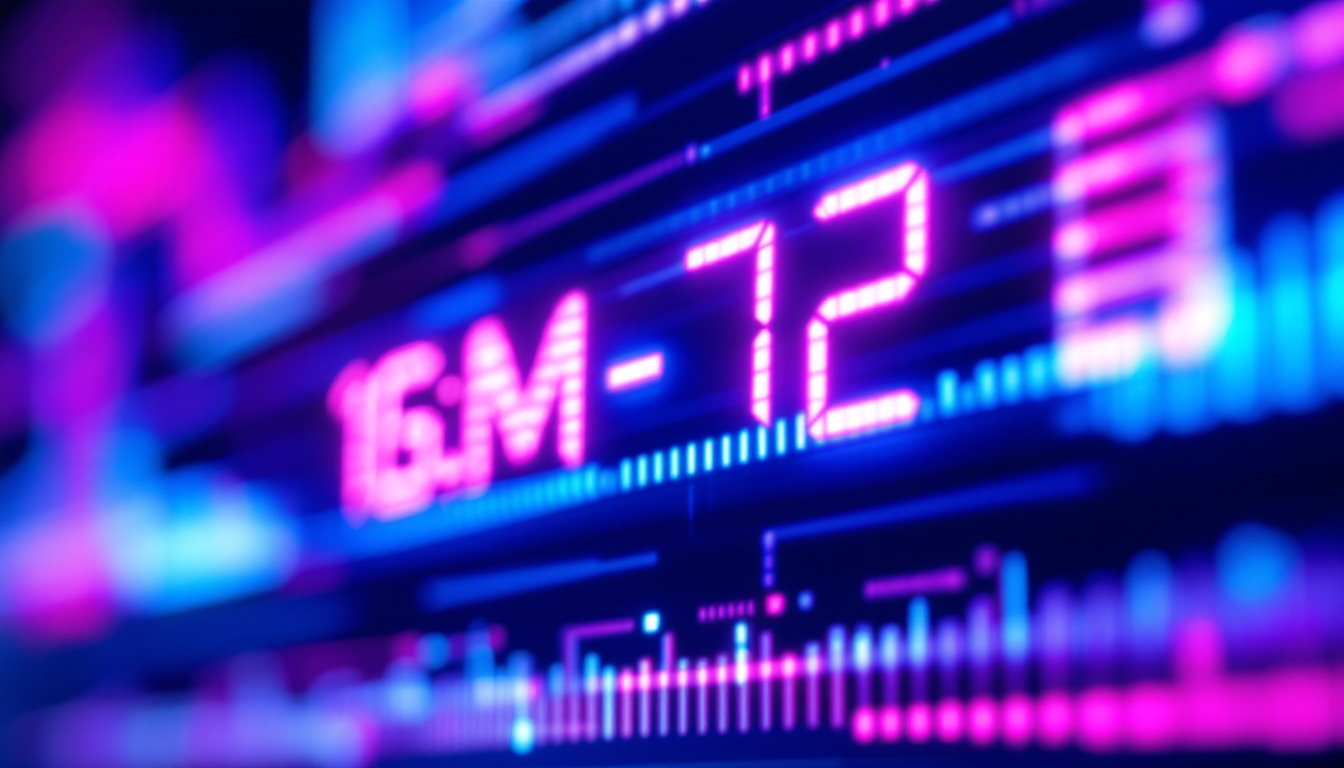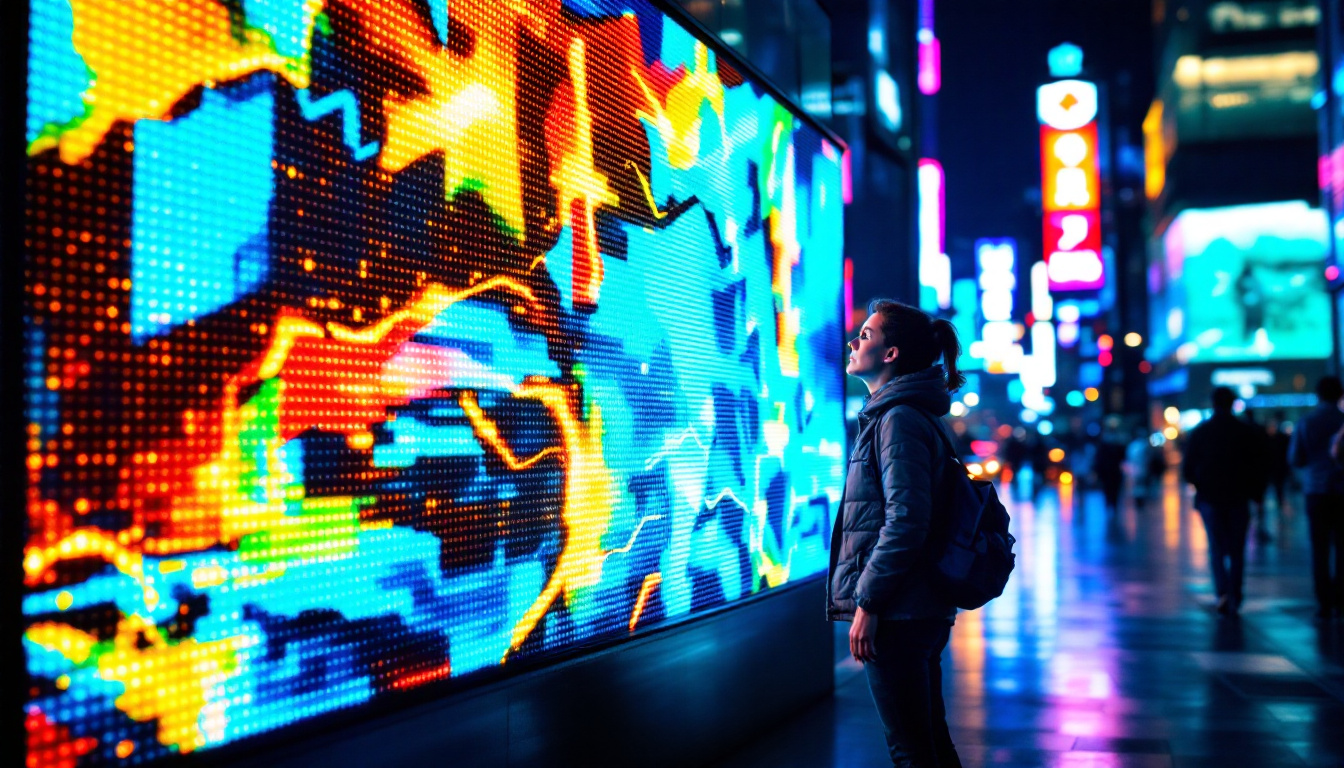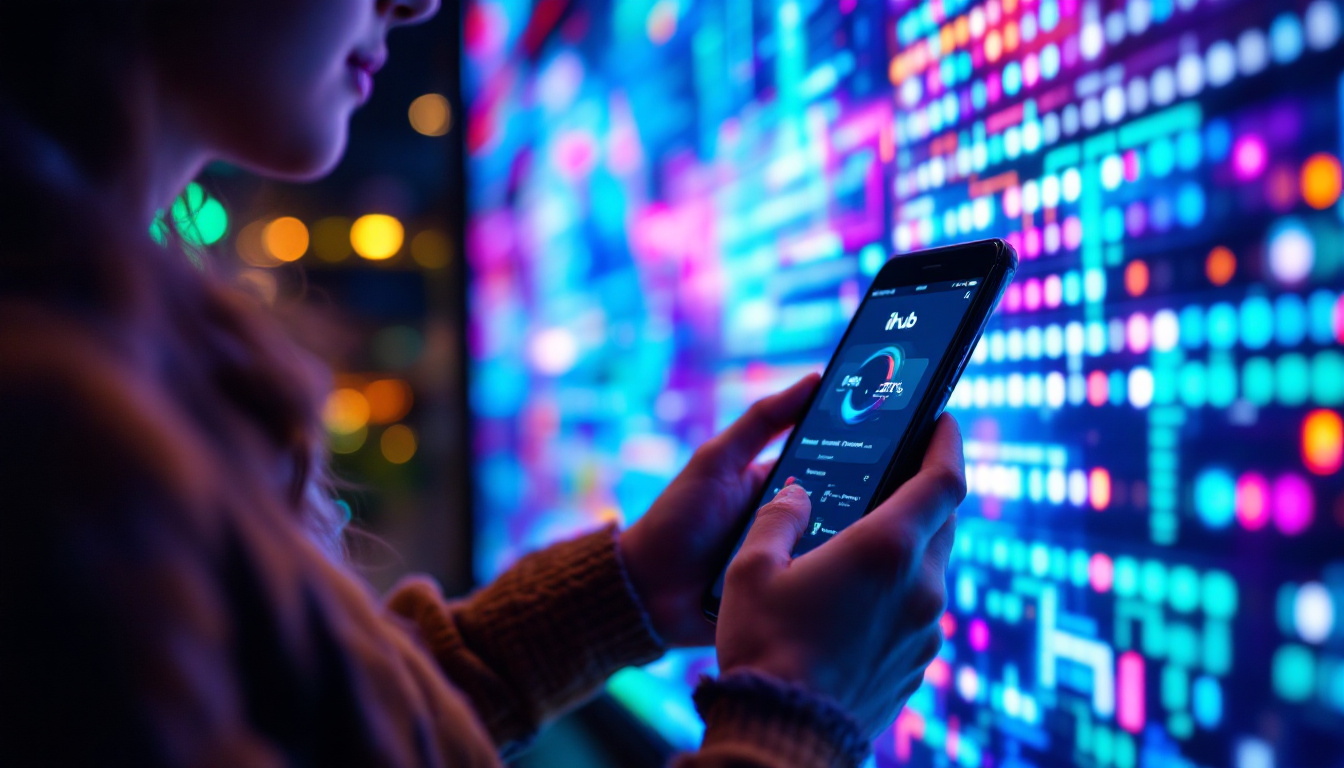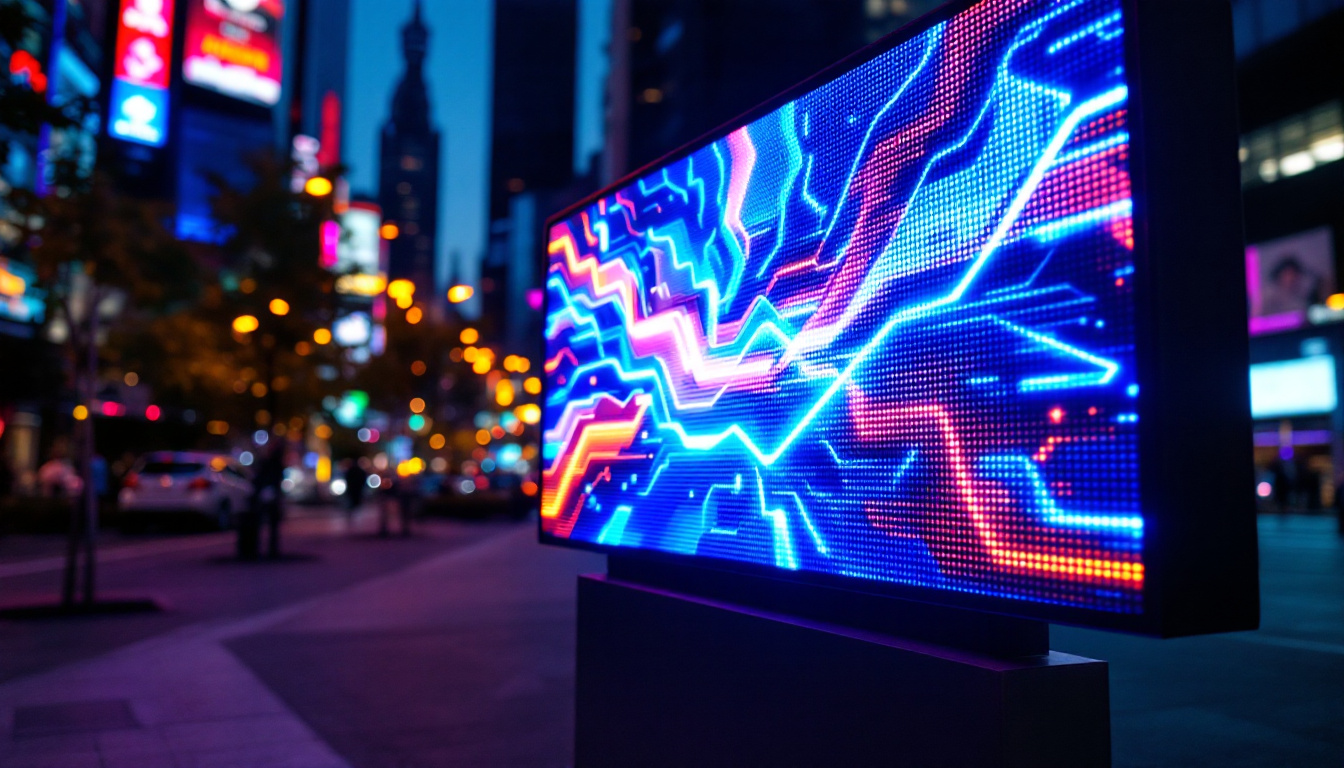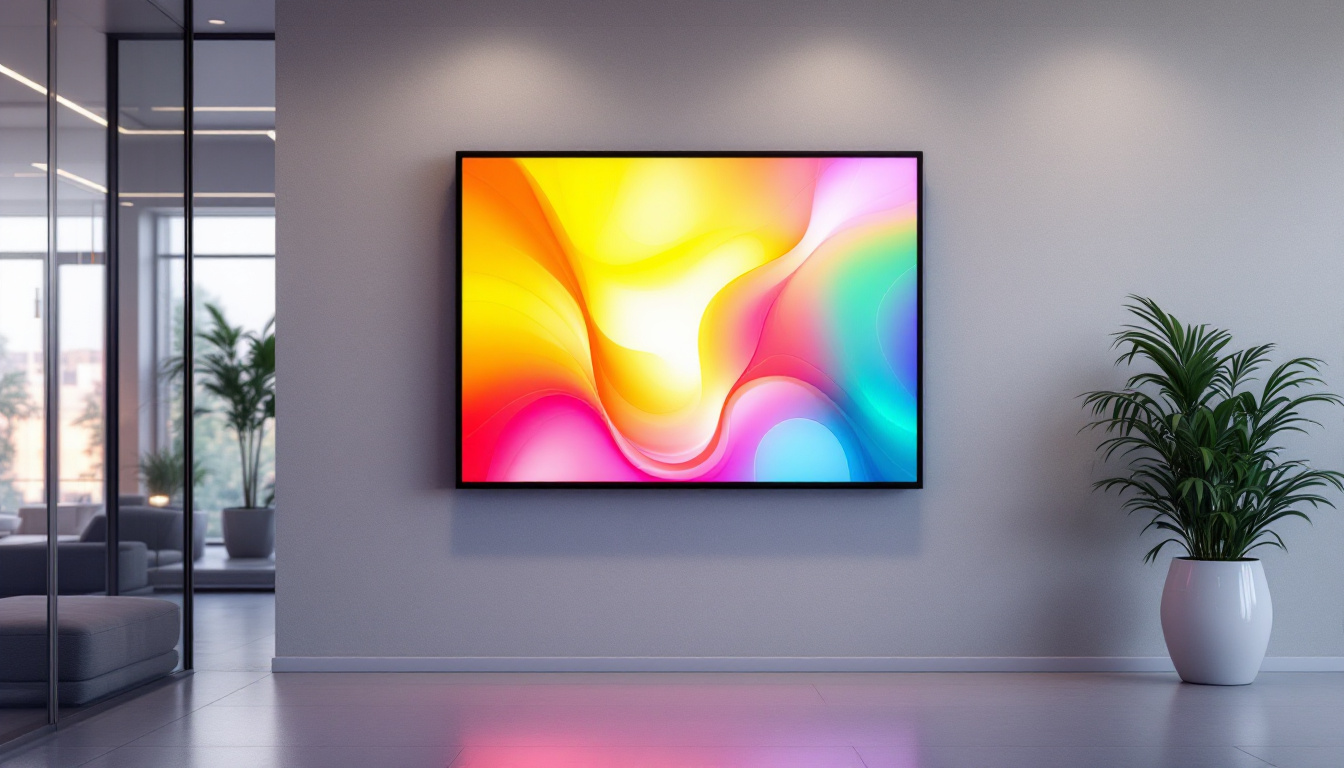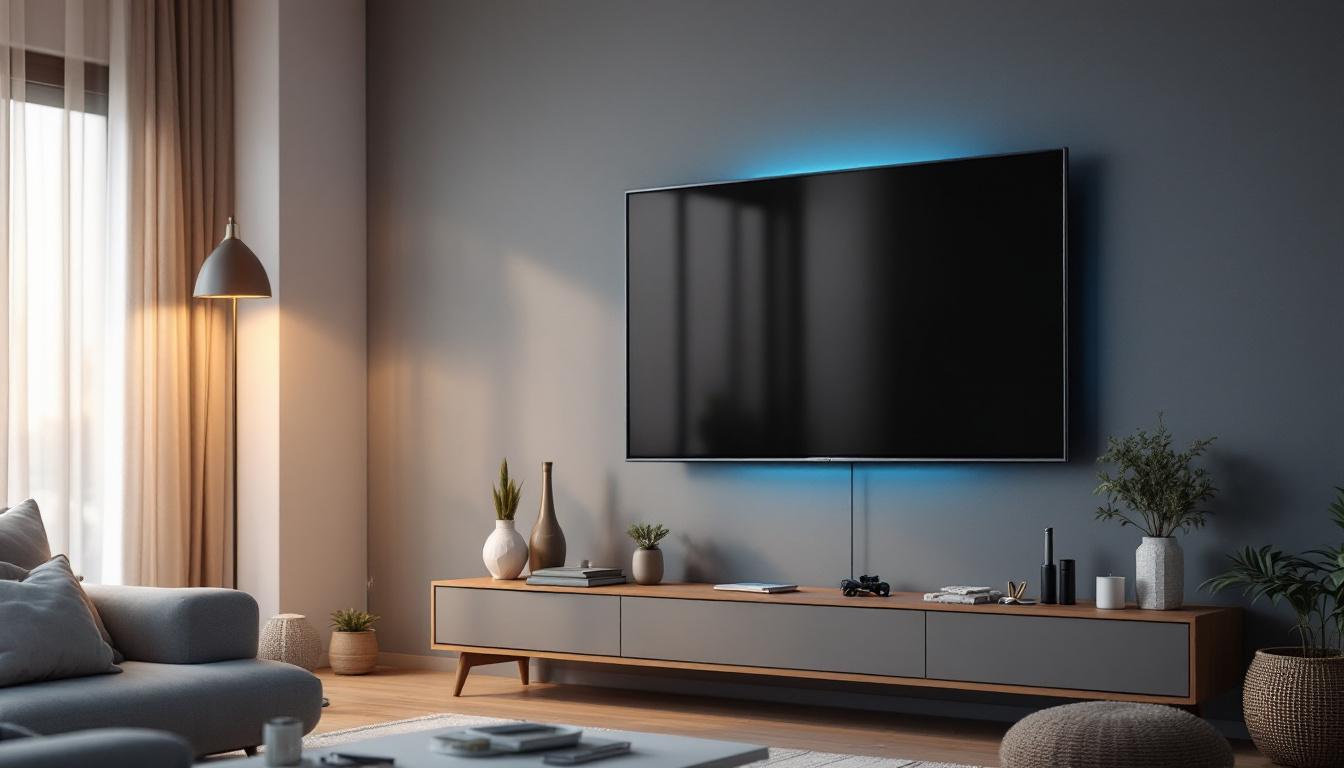The Hillsboro Artists’ Regional Theatre (HART) has long been a cornerstone of the local arts scene, providing a platform for creativity and expression. As technology continues to evolve, so too does the way in which art is presented. One of the most significant advancements in recent years has been the integration of LED displays into theatrical productions. This article delves into the role of LED displays at HART, exploring their benefits, applications, and the future of digital technology in the performing arts.
The Evolution of Theatre Technology
Theatre has always been a medium that embraces innovation. From the use of gaslight in the 19th century to the advent of electric lighting, each technological advancement has transformed the way stories are told on stage. In recent years, LED technology has emerged as a game-changer, offering unparalleled versatility and creativity.
The Rise of LED Technology
LED (Light Emitting Diode) technology has revolutionized various industries, including entertainment. Originally used for simple displays and indicators, LEDs have evolved into powerful tools for visual storytelling. Their ability to produce vibrant colors, high brightness, and low power consumption makes them ideal for theatrical applications.
In the context of HART, the adoption of LED displays has allowed for more dynamic stage designs. Traditional backdrops and set pieces are often static, limiting the scope of creativity. However, with LED technology, the scenery can change in real-time, enhancing the audience’s experience and immersing them in the narrative. This shift not only allows for more fluid storytelling but also opens up possibilities for interactive performances, where the audience can be engaged in ways previously unimaginable.
Benefits of LED Displays in Theatre
The integration of LED displays offers numerous advantages for both performers and audiences. One of the most significant benefits is the ability to create immersive environments. Instead of relying solely on physical sets, directors can utilize LED screens to project stunning visuals that complement the performance. This capability allows for a richer narrative experience, as the visuals can be tailored to reflect the emotional tone of each scene, enhancing the overall impact of the production.
Moreover, LED displays are highly customizable. This flexibility allows for quick changes between scenes, enabling productions to adapt to different themes and moods seamlessly. Additionally, the lightweight nature of LED panels means that they can be easily transported and set up, reducing logistical challenges for theatre companies. The longevity of LED technology also contributes to cost efficiency, as they require less frequent replacement compared to traditional lighting sources. As a result, theatre companies can allocate more resources to creative aspects of production, such as costume design and actor training, ultimately elevating the quality of the performances.
Furthermore, the use of LED technology has sparked a new wave of artistic collaboration. Designers, directors, and technologists are now working more closely than ever to create cohesive visual narratives that blend lighting, video, and live performance. This collaboration has led to innovative productions that challenge the boundaries of traditional theatre, incorporating elements from film and digital art. As a result, audiences are not only witnessing a performance but are also part of a multi-sensory experience that engages them on various levels, making each show a unique event that resonates long after the final curtain call.
Applications of LED Displays at HART
At the Hillsboro Artists’ Regional Theatre, LED displays have been employed in various capacities, enhancing the overall production quality. From backdrops to interactive elements, the applications are diverse and impactful.
Dynamic Backdrops
One of the primary uses of LED displays at HART is as dynamic backdrops. Traditional painted backdrops can be beautiful but often lack the flexibility needed for modern storytelling. LED screens can display a range of images, from serene landscapes to bustling cityscapes, all in high definition.
For instance, during a recent production, the backdrop transformed from a tranquil forest to a vibrant urban setting in mere seconds, captivating the audience and enhancing the narrative flow. This capability allows directors to create a more cohesive and engaging experience, as the visuals can directly reflect the emotions and themes of the performance. Furthermore, the ability to change scenes seamlessly enables the storytelling to evolve without interruption, maintaining the audience’s immersion in the narrative. The use of LED technology also opens up opportunities for creative collaborations with digital artists, who can design bespoke visuals that align perfectly with the director’s vision.
Interactive Elements
Another innovative application of LED technology is the incorporation of interactive elements into performances. By utilizing sensors and software, actors can engage with the LED displays in real-time, creating a more immersive experience for the audience.
For example, in a recent interactive theatre piece, actors were able to manipulate the visuals on the LED screen through their movements, allowing for a unique blend of live performance and digital art. This level of interactivity not only captivates the audience but also encourages a deeper connection between the performers and the technology, pushing the boundaries of traditional theatre. Additionally, audience members can sometimes influence the performance through their interactions, creating a shared experience that blurs the lines between spectator and participant. This innovative approach not only attracts tech-savvy younger audiences but also revitalizes the art form, making each performance a unique event that evolves with each show.
Enhanced Lighting Effects
LED displays are not just limited to visuals; they can also enhance lighting effects on stage. By using LED panels as part of the lighting design, productions can create stunning visual effects that complement the mood and tone of the performance.
For example, during a dramatic scene, the LED display can emit a soft, warm glow, casting shadows that add depth to the performance. Conversely, during an action-packed sequence, the screens can flash vibrant colors and patterns, heightening the excitement and energy of the moment. This versatility allows for a richer theatrical experience, engaging the audience on multiple sensory levels. Moreover, the integration of LED technology into the lighting design can significantly reduce energy consumption compared to traditional lighting methods, aligning with sustainable practices that many modern theatres are adopting. This eco-friendly approach not only enhances the visual spectacle but also demonstrates HART’s commitment to environmental responsibility, making the theatre a leader in innovative and sustainable performance practices.
The Future of LED Displays in Theatre
As technology continues to advance, the future of LED displays in theatre looks promising. The potential for innovation is vast, with new developments emerging regularly that could further enhance the theatrical experience.
Advancements in Technology
One of the most exciting prospects is the ongoing improvement in LED technology itself. As manufacturers develop higher resolution displays with improved color accuracy and brightness, the possibilities for theatrical applications will expand. Future productions at HART may feature even more lifelike visuals, immersing audiences in the performance like never before.
Additionally, the integration of virtual reality (VR) and augmented reality (AR) with LED displays could open up new avenues for storytelling. Imagine a production where the audience can wear VR headsets and interact with the LED visuals, creating a multi-dimensional experience that blurs the lines between reality and fiction. This could allow for audience participation in ways never before imagined, transforming passive viewers into active participants in the narrative.
Collaboration with Digital Artists
The collaboration between theatre companies and digital artists is also likely to grow. As more artists specialize in creating digital content for performances, HART can tap into this talent pool to enhance their productions. This collaboration can lead to innovative designs that push the boundaries of traditional theatre, creating a unique fusion of art forms. By merging traditional stagecraft with cutting-edge digital artistry, productions can evoke emotions and tell stories in ways that resonate deeply with contemporary audiences.
Furthermore, workshops and training programs can be established to educate performers and technicians on how to effectively use LED technology. By fostering a culture of innovation and experimentation, HART can continue to be at the forefront of theatrical advancements. These educational initiatives could also include partnerships with local universities and tech schools, creating a pipeline of talent that not only benefits HART but also enriches the broader artistic community.
Community Engagement and Education
Finally, the integration of LED displays presents an opportunity for community engagement and education. HART can host workshops and demonstrations that showcase the technology, allowing local artists and aspiring performers to learn about its applications in theatre. These events could feature hands-on experiences with LED setups, giving participants a chance to experiment with lighting and visuals, thus demystifying the technology and making it accessible to all.
By involving the community in this way, HART can inspire the next generation of artists and encourage them to explore the intersection of technology and performance. This initiative not only strengthens the local arts community but also ensures that HART remains a vibrant and relevant institution in the ever-evolving landscape of theatre. Moreover, outreach programs could be developed to bring this technology into schools, fostering creativity and interest in the performing arts from a young age, and ensuring that the magic of theatre continues to thrive in future generations.
Conclusion
The Hillsboro Artists’ Regional Theatre has embraced LED technology as a means to enhance its productions and engage audiences in new and exciting ways. From dynamic backdrops to interactive elements, the applications of LED displays are transforming the theatrical experience, allowing for greater creativity and immersion.
As technology continues to advance, the future of LED displays in theatre holds immense potential. By staying at the forefront of these innovations, HART can continue to inspire and captivate audiences, ensuring that the magic of live performance remains alive and well in the digital age.
In conclusion, the integration of LED displays at HART not only enhances the visual storytelling of productions but also opens up new avenues for artistic expression. As the theatre continues to evolve, it will undoubtedly remain a vital part of the community, showcasing the power of creativity and innovation.
Discover the Future of Visual Storytelling with LumenMatrix
Ready to elevate your theatrical productions and captivate your audience with the latest in LED display technology? Look no further than LumenMatrix, a pioneer in crafting immersive visual experiences. From the indoor and outdoor LED walls that transform any space into a dynamic canvas, to specialized solutions like vehicle displays, LED posters, and transparent displays, LumenMatrix offers a wide array of options to bring your creative vision to life. Whether you’re looking to create interactive backdrops, enhance lighting effects, or engage your audience in new, innovative ways, LumenMatrix has the tools you need. Check out LumenMatrix LED Display Solutions today and join the revolution in visual communication.

